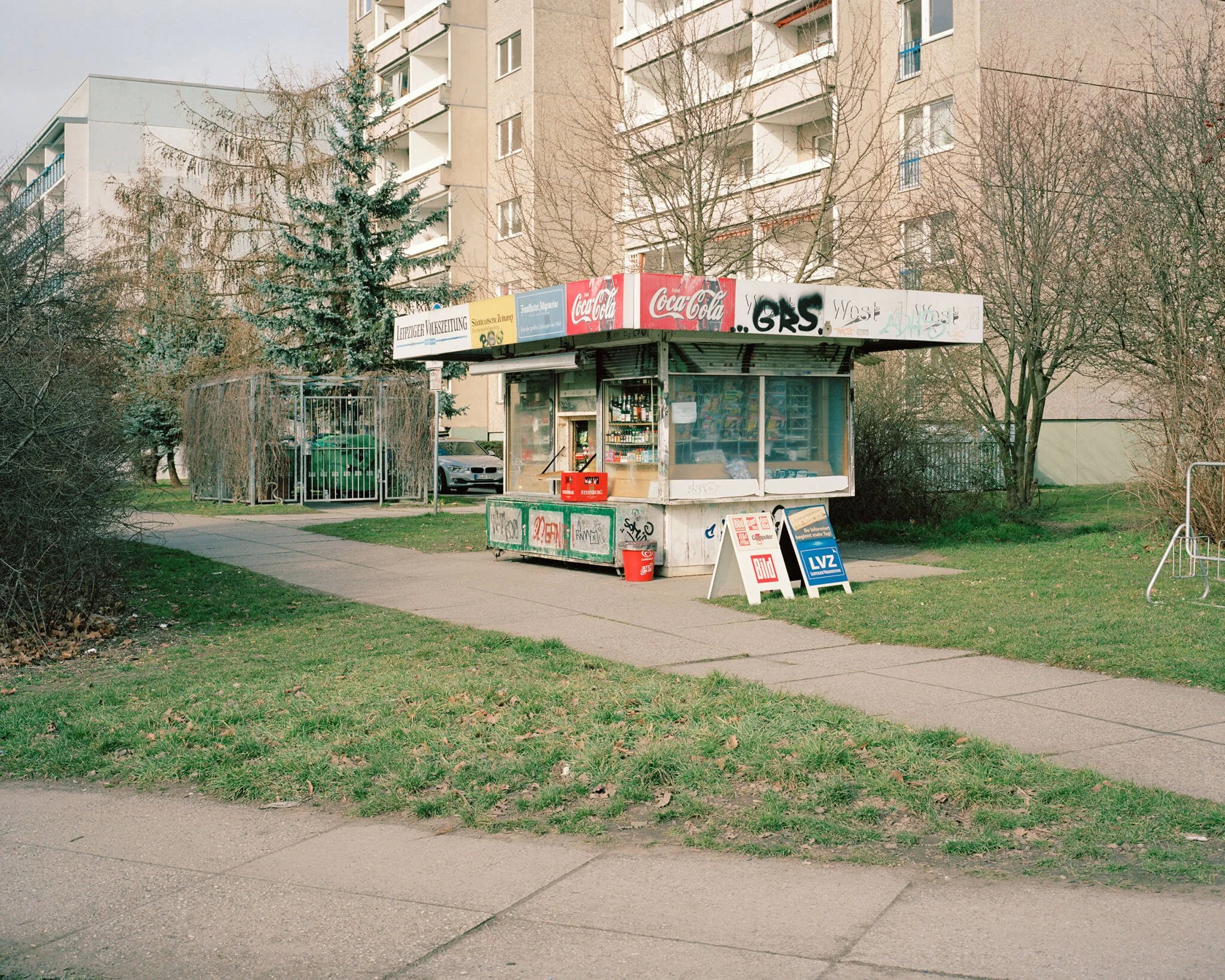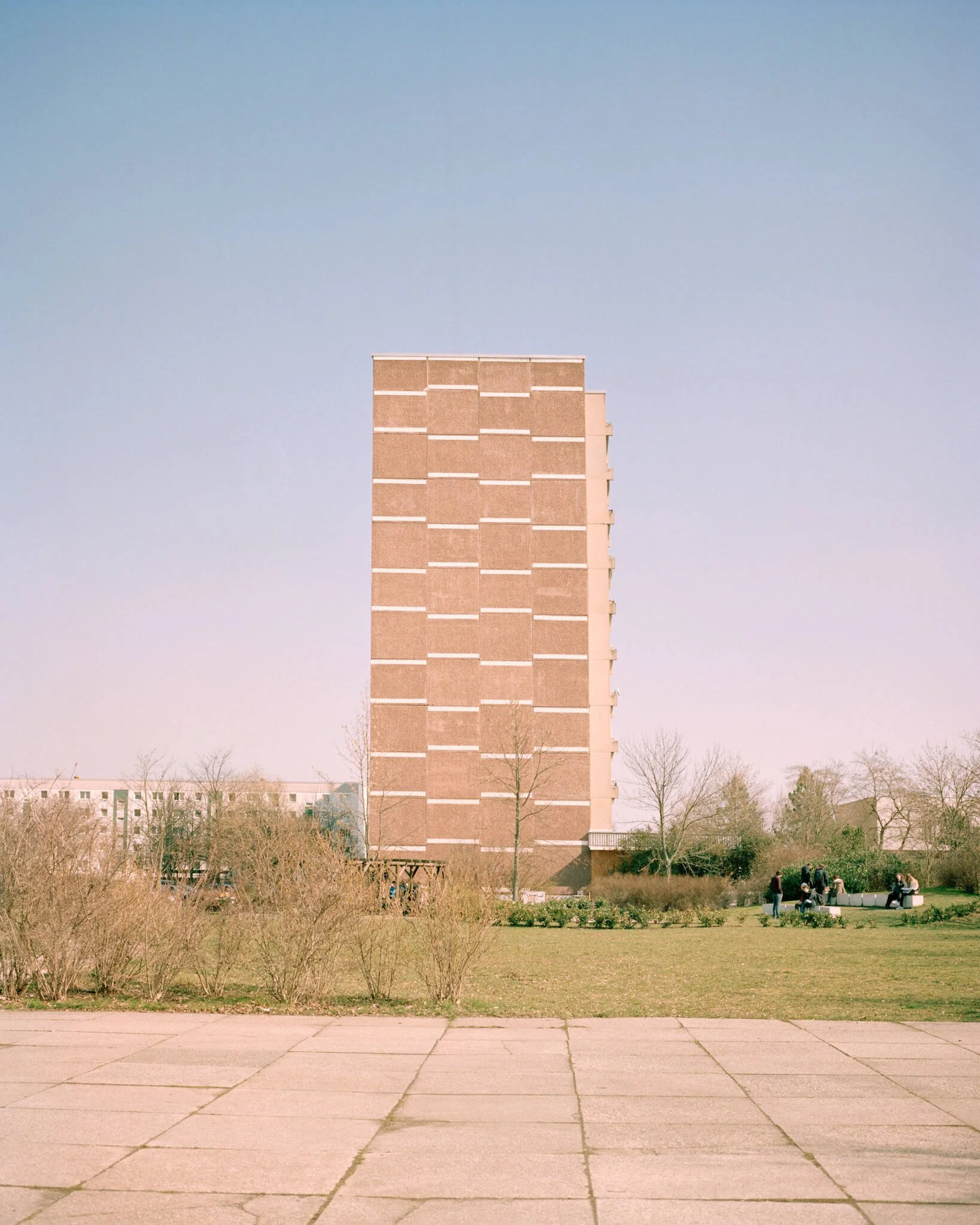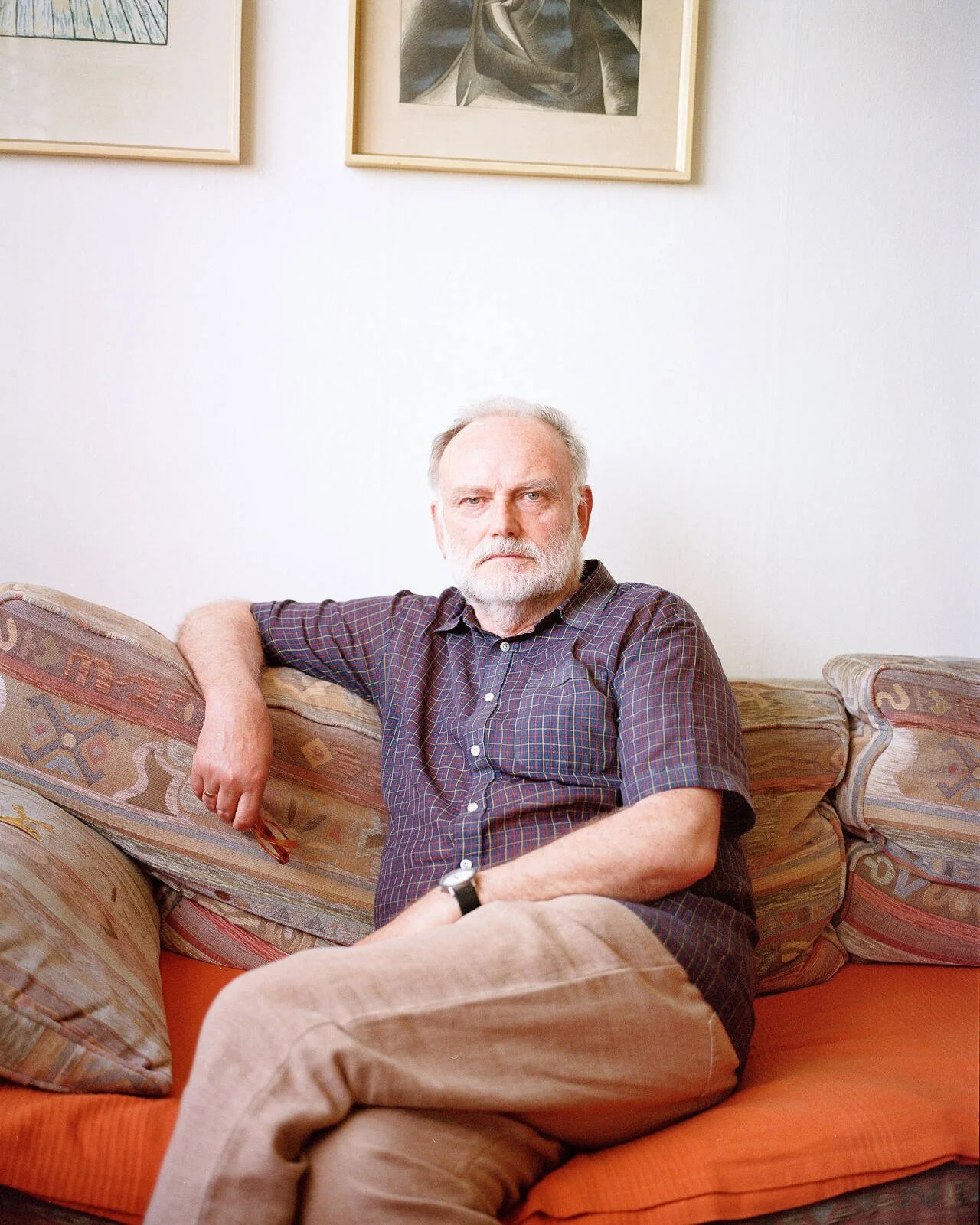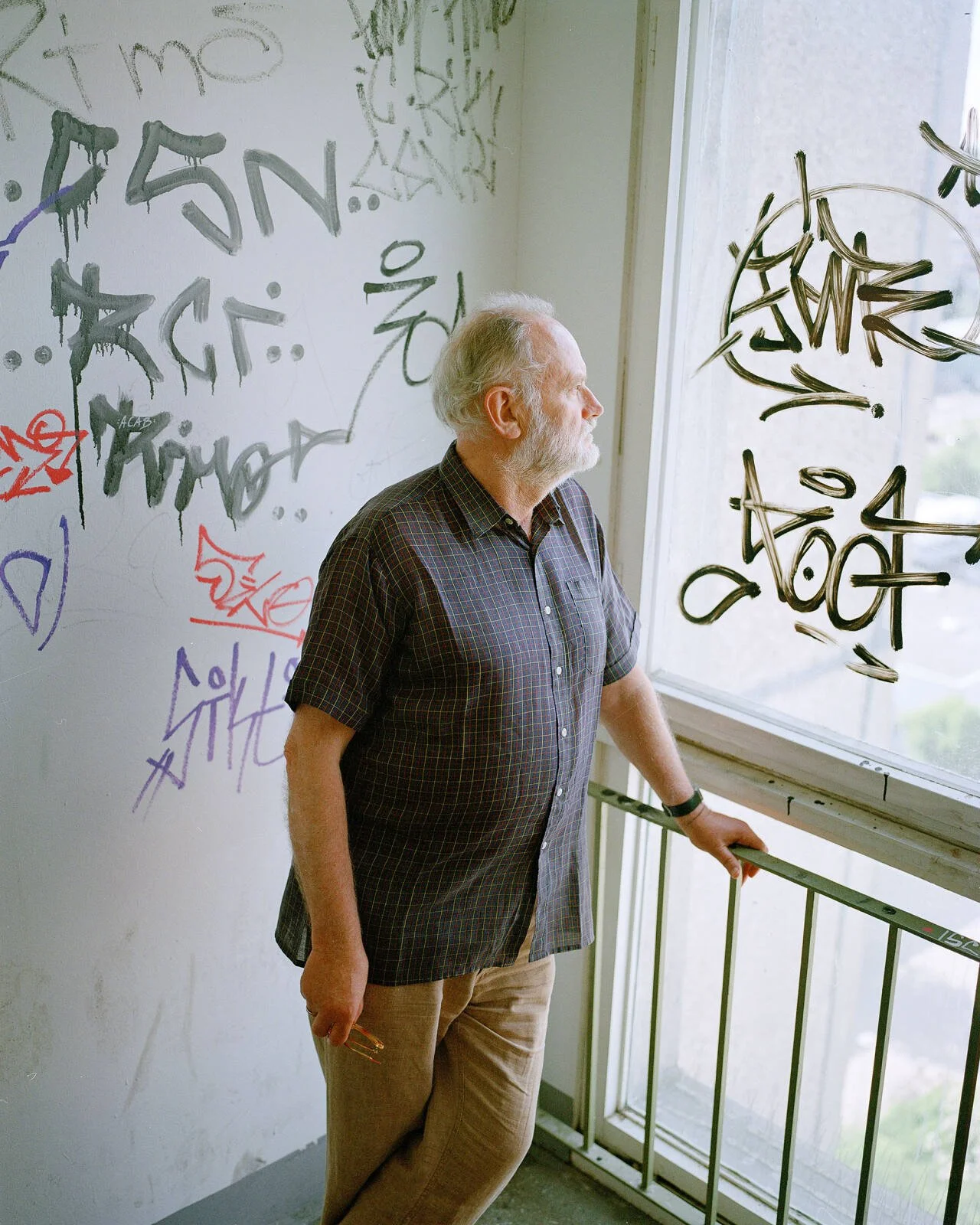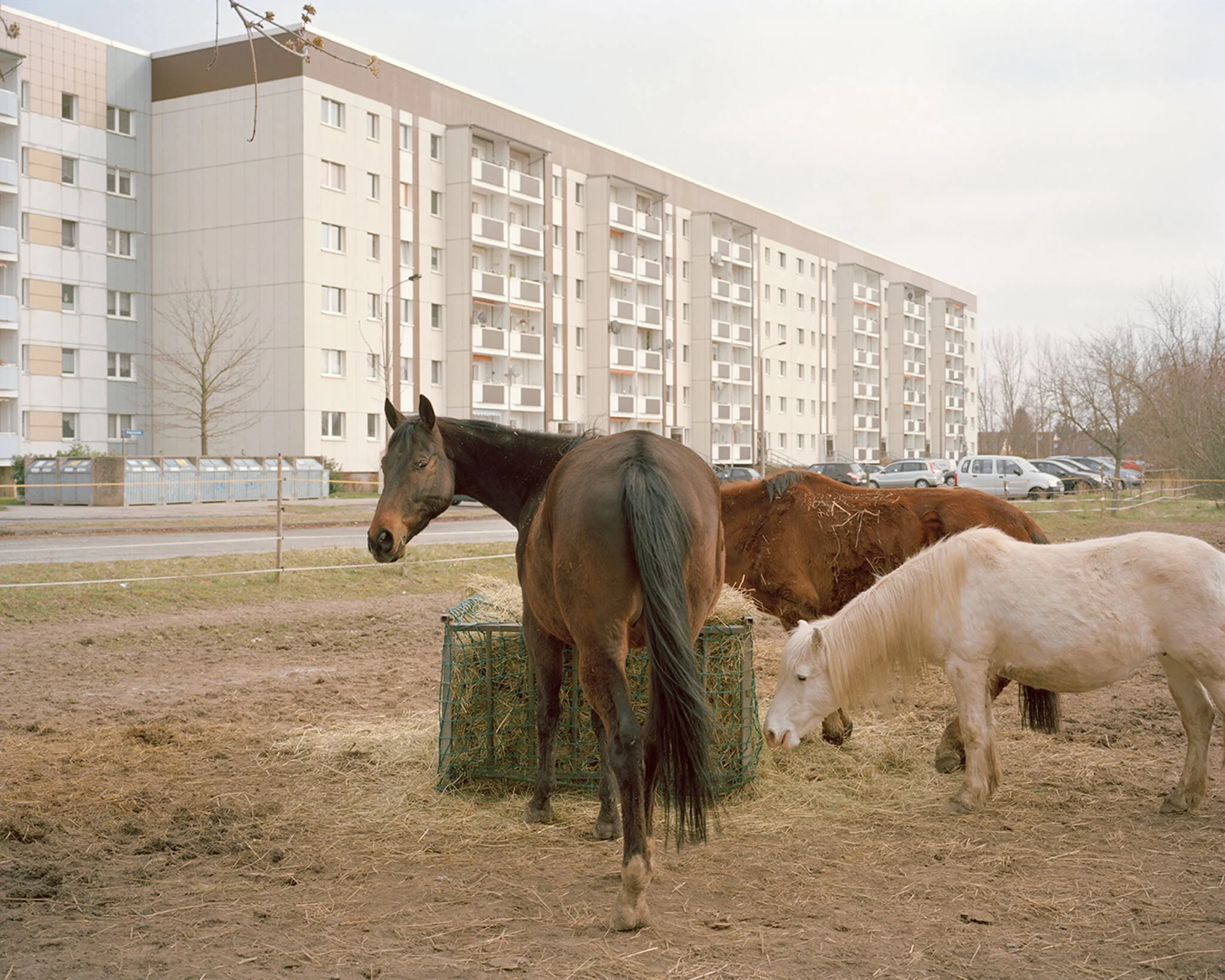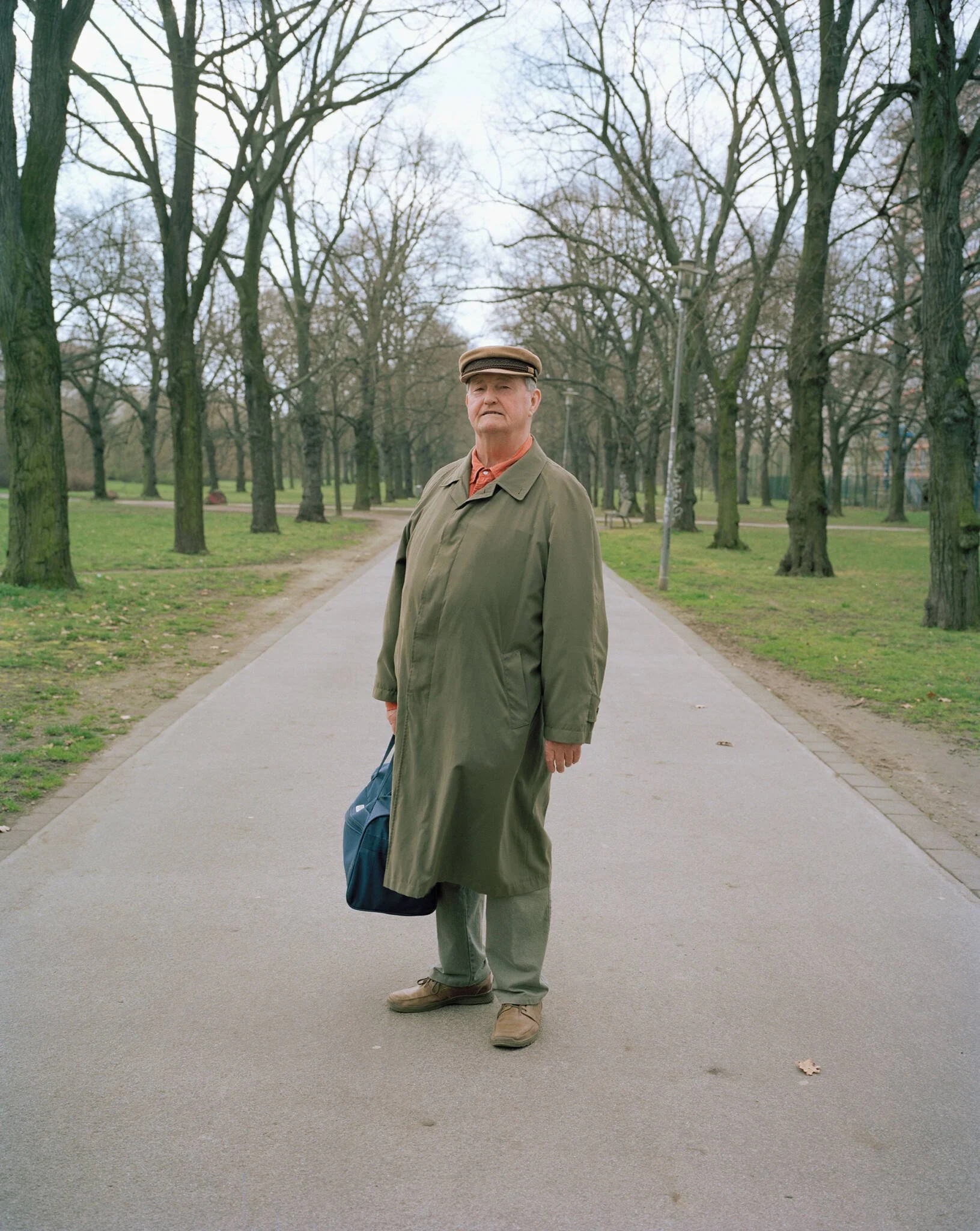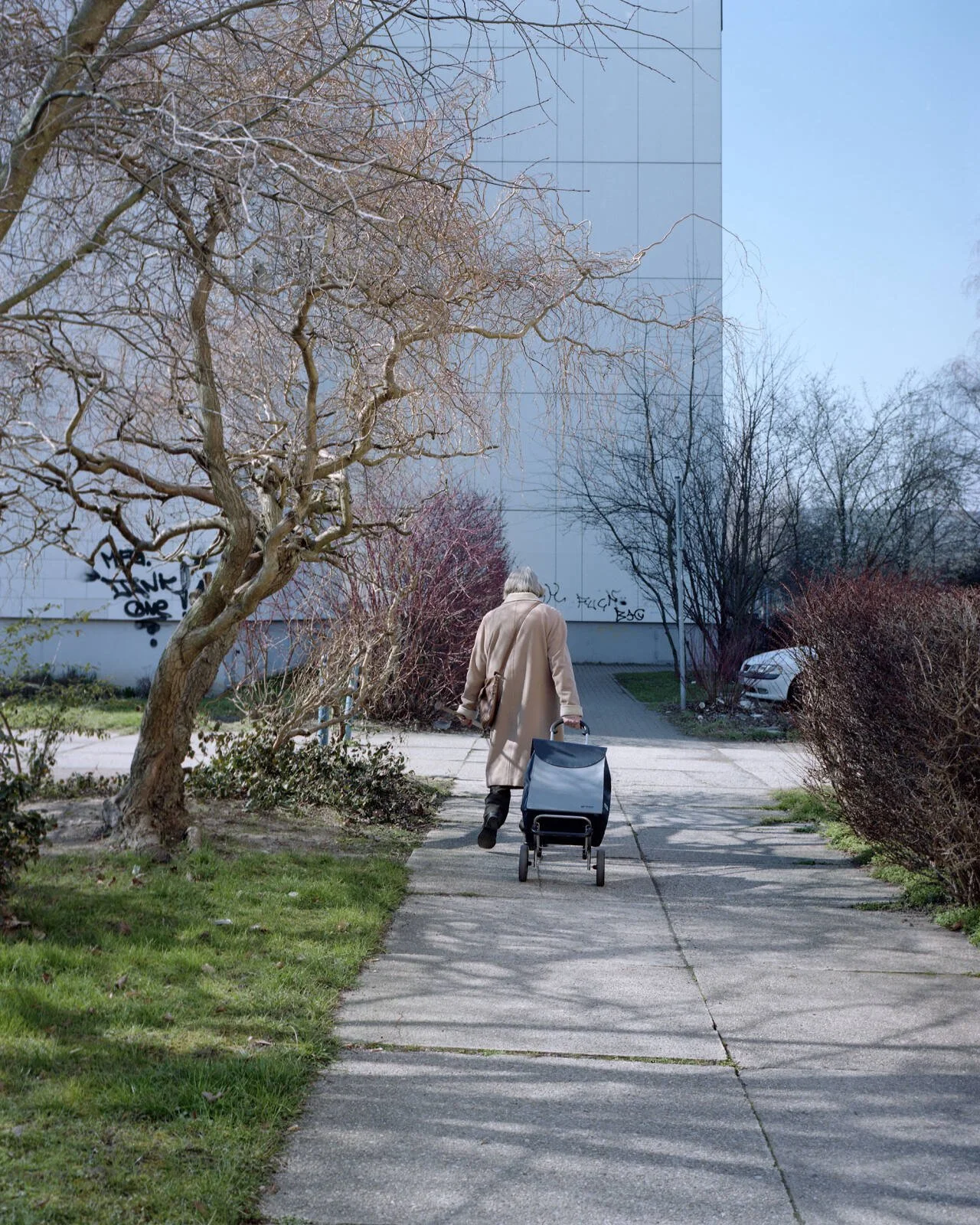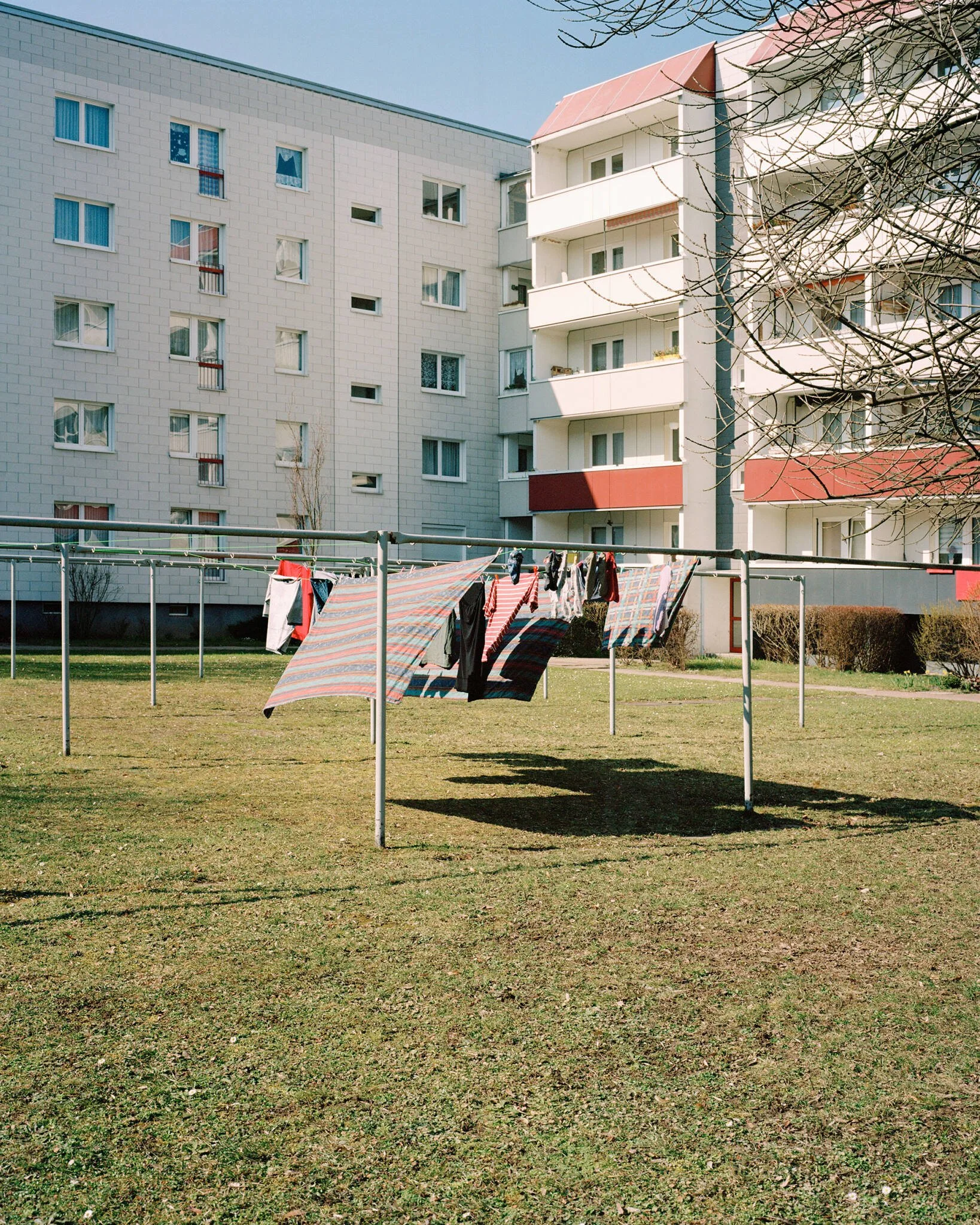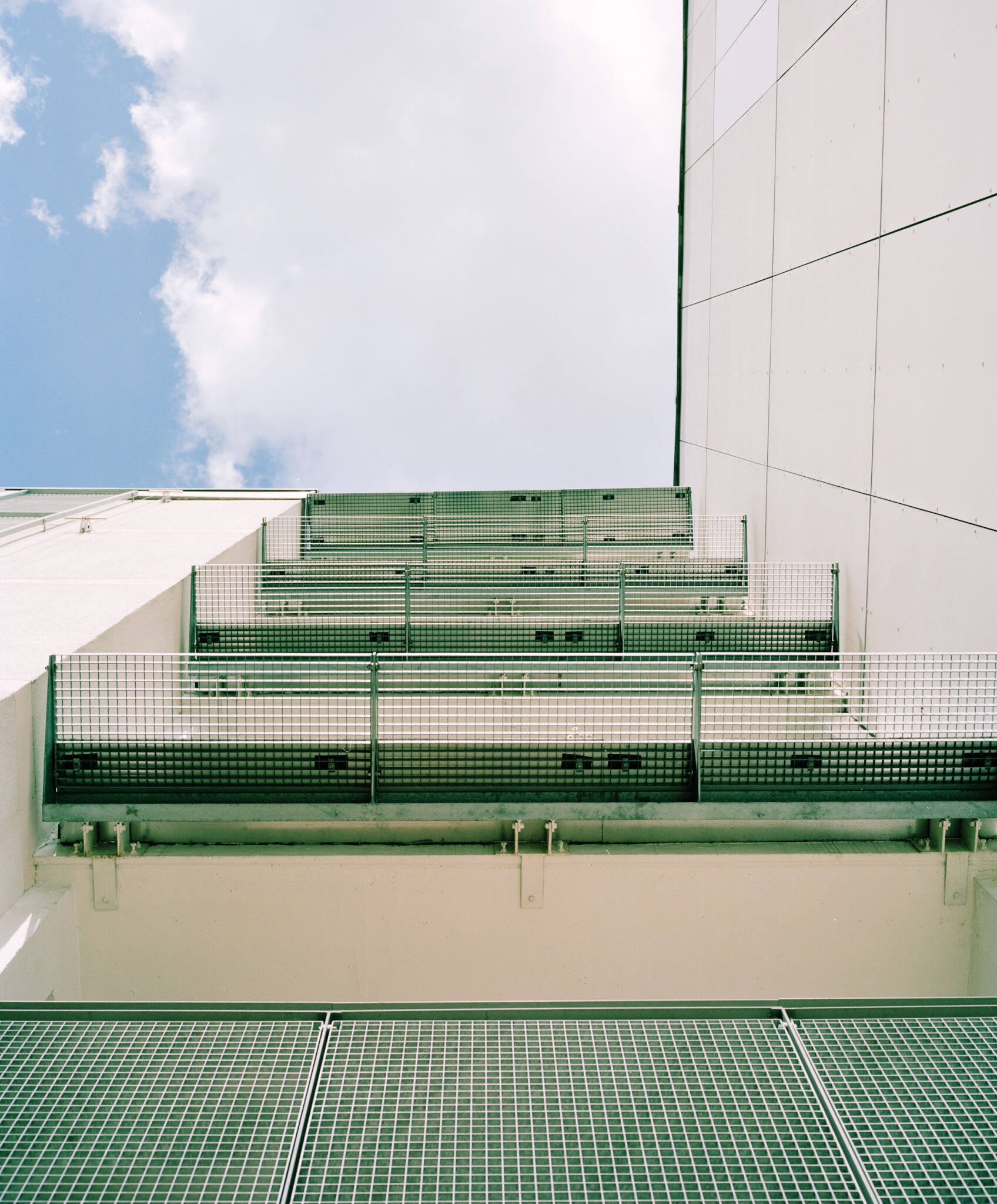Grünau: The sun sets in the West
Grünau was built over 50 years ago in the German Democratic Republic on the Western outskirts of Leipzig, and at the time it was one of the youngest and largest newly built neighborhoods in East Germany. For many, “the slab” was a symbol of progress in the early 1980s. The construction method made it possible to quickly assemble houses from prefabricated concrete modules - and thus create urgently needed living space. Around 90,000 people were to live in the Grünau housing estate, which promised modern living comfort for all: 70 square meters, a balcony, central heating and hot water. Many of those who had previously lived in unrenovated Wilhelminian-style apartments saw the move as a stroke of luck. But the state decided who got an apartment. In particular, SED members, Free German Youth functionaries and citizens loyal to the system were given preferential access. The housing communities were often mixed - with families, teachers, but also Stasi employees.
Photographer Harald Kirschner has accompanied the changes in Grünau for decades. Pushing a baby carriage with his young daughter, he photographed a very lively everyday life in the early 1980s. Grünau was a huge permanent construction site in the early years. The residents called their settlement Schlammhausen (Mudville).
A lot changed after the fall of the Wall: unemployment, precarious jobs and a lack of prospects increasingly dominated life. Numerous apartments stood empty, entire blocks were demolished. Grünau shrank by almost half. Visitors today often encounter the usual clichés: people without work, desolate tower blocks, child poverty. Many residents have to make ends meet with basic benefits or mini-jobs. Most of those who have come since then have done so because it is cheap. Every third household in Grünau-Mitte is dependent on unemployment benefit, many of the residents are in precarious employment or have to top up their pension with the social welfare office.
The vacancy rate in Grünau is currently below five percent - a sign that living space in Leipzig is becoming scarce and more expensive. The city is working on neighborhood projects to improve the image of the district and connect it to more attractive parts of the city. Although there is a lack of trendy amenities such as bars and cafés, the first signs of change are visible: modern new buildings are being constructed on Lake Kulkwitz, which are also attracting higher earners. A social mix is gradually returning. Grünau thus exemplifies the transformation of many East German prefabricated housing estates - between past and future.
During the cultural summer festival in 2016, my pictures were exhibited in Grünau and published next to beautiful historical pictures by photographer Harald Kirschner (b. 1944), who still works and lives in Grünau.
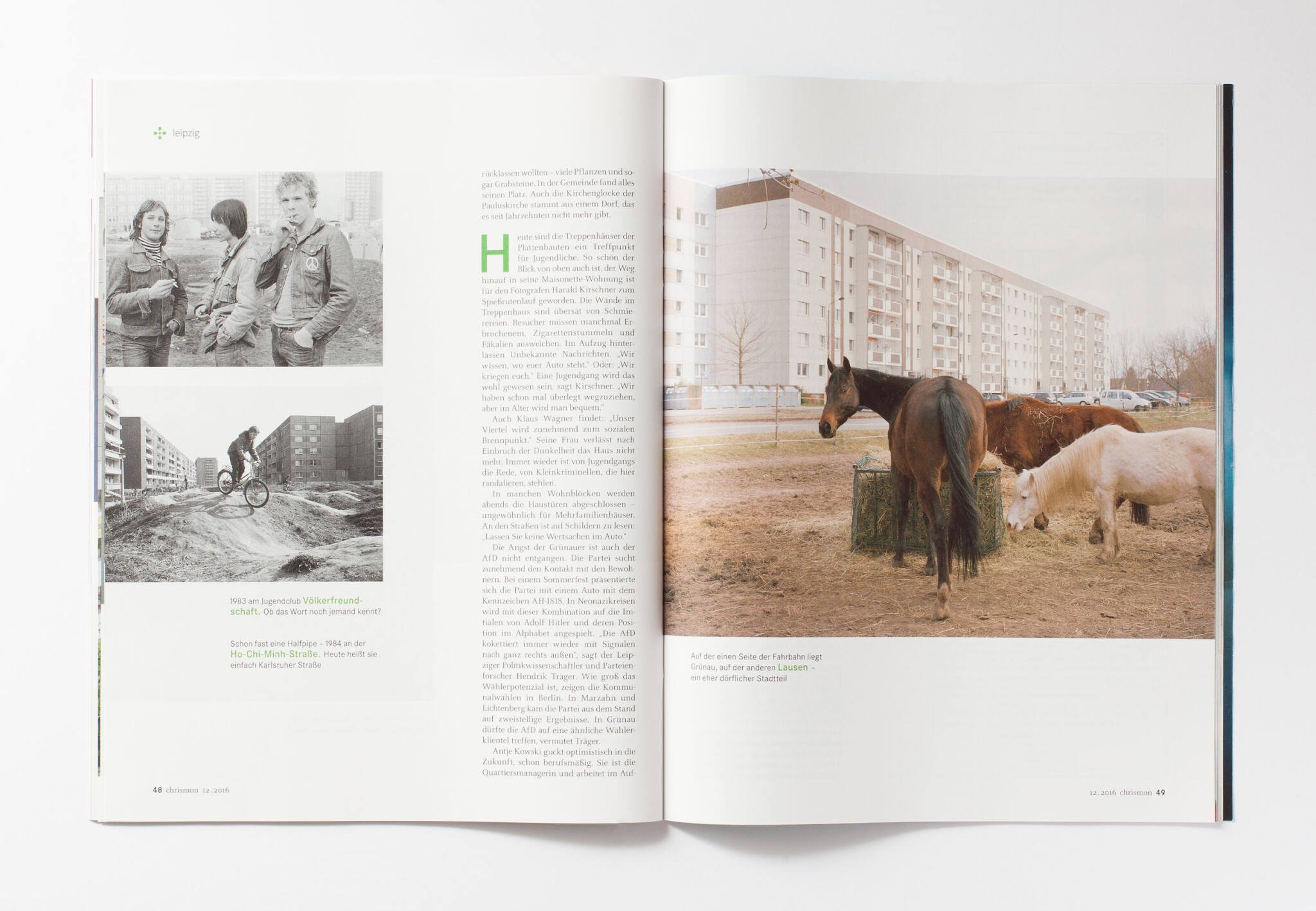
Published in Chrismon Magazine, 2016


